
More than just marketing:
One point that Roy really wanted to hammer home was the fact that The Way It’s Meant To Be Played is not just a marketing programme like some would like you to believe. Instead, it’s about supporting the development community and helping them to create great content.He talked to us about the developer tools that Nvidia creates to help developers optimise their code, things like NVPerfHUD and FX Composer. “These tools cost Nvidia millions of dollars every year to develop and maintain. We provide them to developers for free and they even work on our competitor’s hardware.”
That’s not all that Nvidia does to support developers in the programme though, as Roy explains, “in addition to our support team and developer tools, we also have our Games Test Labs in Moscow. Here we can run any build of a game through 250 different configurations and give the developer a full report and burn-in for its game – free of charge for TWIMTBP participants.”
We asked Roy what the report contained, in general terms. “The report is quite simple – we want to make the gaming experience as good we possibly can on all of our hardware. We give the developers a list of per-GPU optimisations that they can make to their code to help improve the experience at any given spec – in our opinion, this is vital for any developer that is serious about making a great PC game.”
In order to put Nvidia’s work into perspective, we asked Roy what his team did to help Relic convert Company of Heroes to DirectX 10. He laughed and said “Peter Young and Ignacio Llamas have practically lived at Relic’s studio for the last six months.”
“The first thing we did was explain to Relic what we thought was possible given the way the game was coded. We then drew up a list of what we thought made the most sense based on the resources available [in terms of manpower] and scalability. What I mean by scalability is that you can’t just throw in a DirectX 10 feature that breaks the DirectX 9.0 game. Therefore most of the inclusions were effects based rather than improving the gameplay mechanics.”
Roy told us that, at this point, Nvidia’s developer support team sits down with the developer to agree on what is possible and what isn’t possible. “Once the final specifications have been drawn up, we don’t just disappear and let them get on with it – we help them code it,” explained Roy. “When the code gets to Alpha, we then help to run the code through our developer tools to pick out obvious bugs.
“Once these obvious bugs have been ironed out, the build is then sent off to Nvidia’s Game Test Labs in Moscow for a full burn in and report on 250 different configurations. The per-GPU optimisations suggested in the report are then implemented into the game and we continue in this loop until the game [or in this case patch] is ready for release.”
“Sometimes with a new title that is first to adopt new technology such as Company of Heroes, with DX10 we might suggest tradeoffs along the way because there needs to be a ‘best bang for buck’ in terms of the effects that could included. This is based on the current GPUs that are out there, the time it would take to implement certain effects and also to ensure that the DirectX 9.0 version of the game isn’t broken.” Roy also added that hopefully Relic will be implementing more DirectX 10 features into the Company of Heroes expansion pack, Opposing Fronts, which is coming later this year.

MSI MPG Velox 100R Chassis Review
October 14 2021 | 15:04

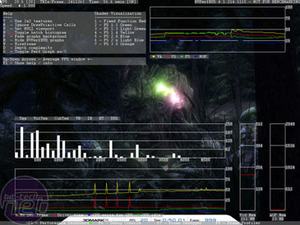
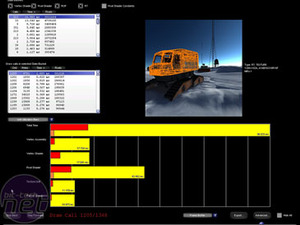
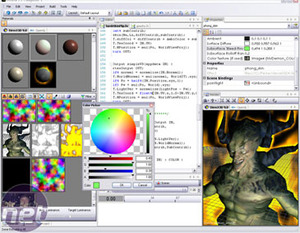
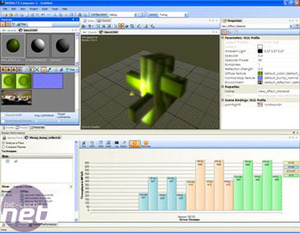
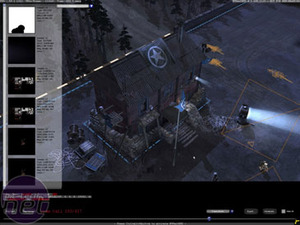
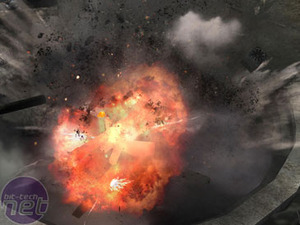







Want to comment? Please log in.